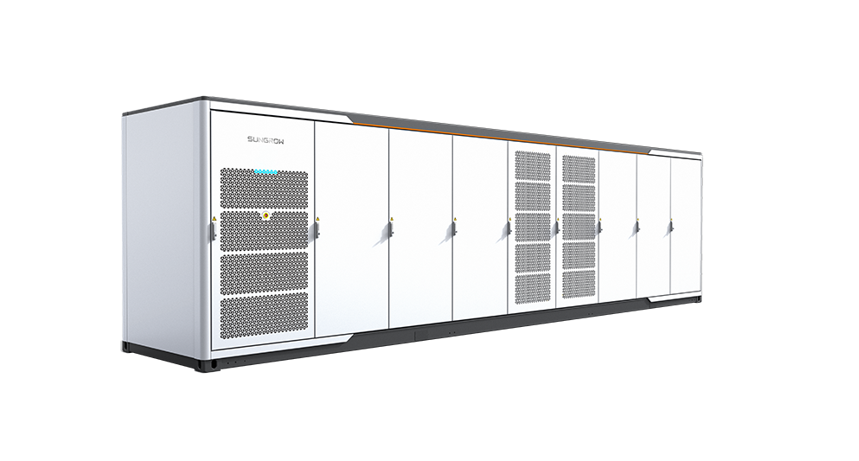Sanitary Clamps You Need To Know

Inexperience with sanitary clamps can cause system problems. This article shows how to install clamps to remedy common issues.
Sanitary clamps come in over 100 grades. Most often, 304. Available clamps include duplex, ferritic, austenitic, martensitic, and precipitation-hardening. Ask the manufacturer about sanitary clamps.
Eliminating mistakes is vital for system connection. Air and viruses can leak through misplaced sanitary valves, affecting cleanliness. To prevent this, use sanitary clamps.
Inspect tri-clamp sanitary ferrule for gasket residue that could hinder even connecting. Look for scratches or flaws. Installation equipment can damage typically smooth valves.
Check for tears, cracks, and dislodged gaskets. Gasket replacement Electric gaskets should be flexible yet sturdy.
Regular inspections prevent problems and contaminations. Being knowledgeable can help you prevent harming your stuff even if you have no problems.
Install clamps if all valves are correctly connected. Gasket between aligned ferrules. Secure the gasket using the clamp. When installing ferrules, squeeze flanges. This ensures a seal and aligned ends.
Check installation for errors. First, tighten valves and fittings evenly. Too-tight fittings might destroy the gasket by forcing it into the pipe. Gaskets should leave space between jaws.
Too much space could cause issues. It may not leak but may cause unclean buildup. Routinely examine gaskets, ferrules, and sanitary clamps. Over time, vibrations may displace parts. Monitor carefully.
Valves and sanitary clips prevent contamination. Once everything is in place, frequently check for breaches. Union Metal can inspect your system.





